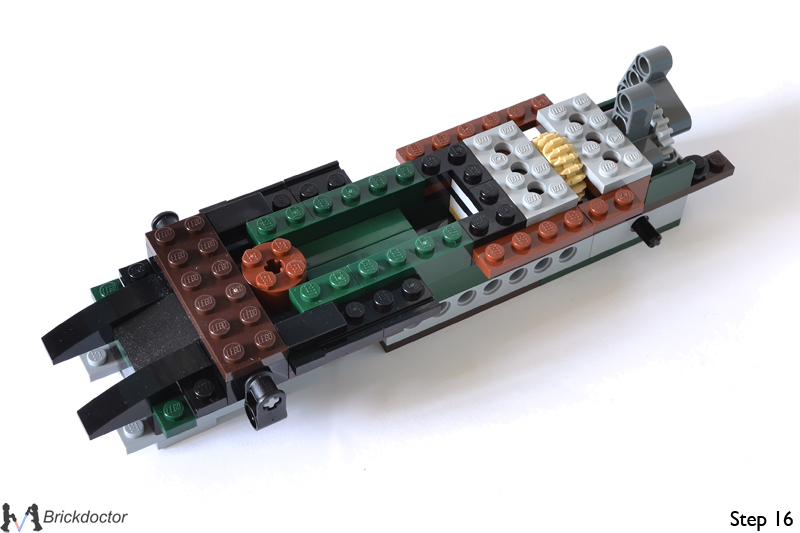If you've ever played Banjo-Tooie for the Nintendo 64, you probably remember Old King Coal. He was the second Boss, but yet also the easiest. He resided with in his Steam Locomotive, "Chuffy", and after defeating him, he would let you use the locomotive.
The most accepted reason for his below-average difficulty is that he is a required boss. If you fail to defeat him, you cannot use the train; if you cannot use the train, you cannot enter Grunty Industries (the sixth level); and if you cannot enter Grunty Industries, you cannot learn the move required to get to the final area in the game.
 |
| "Chuffy" at the Grunty Industries Depot. |
So, from a Designer's perspective, if you have only one boss which is required, make that boss the easiest boss in the game. Otherwise the game would be too difficult to complete (if the boss was too difficult, that is).




